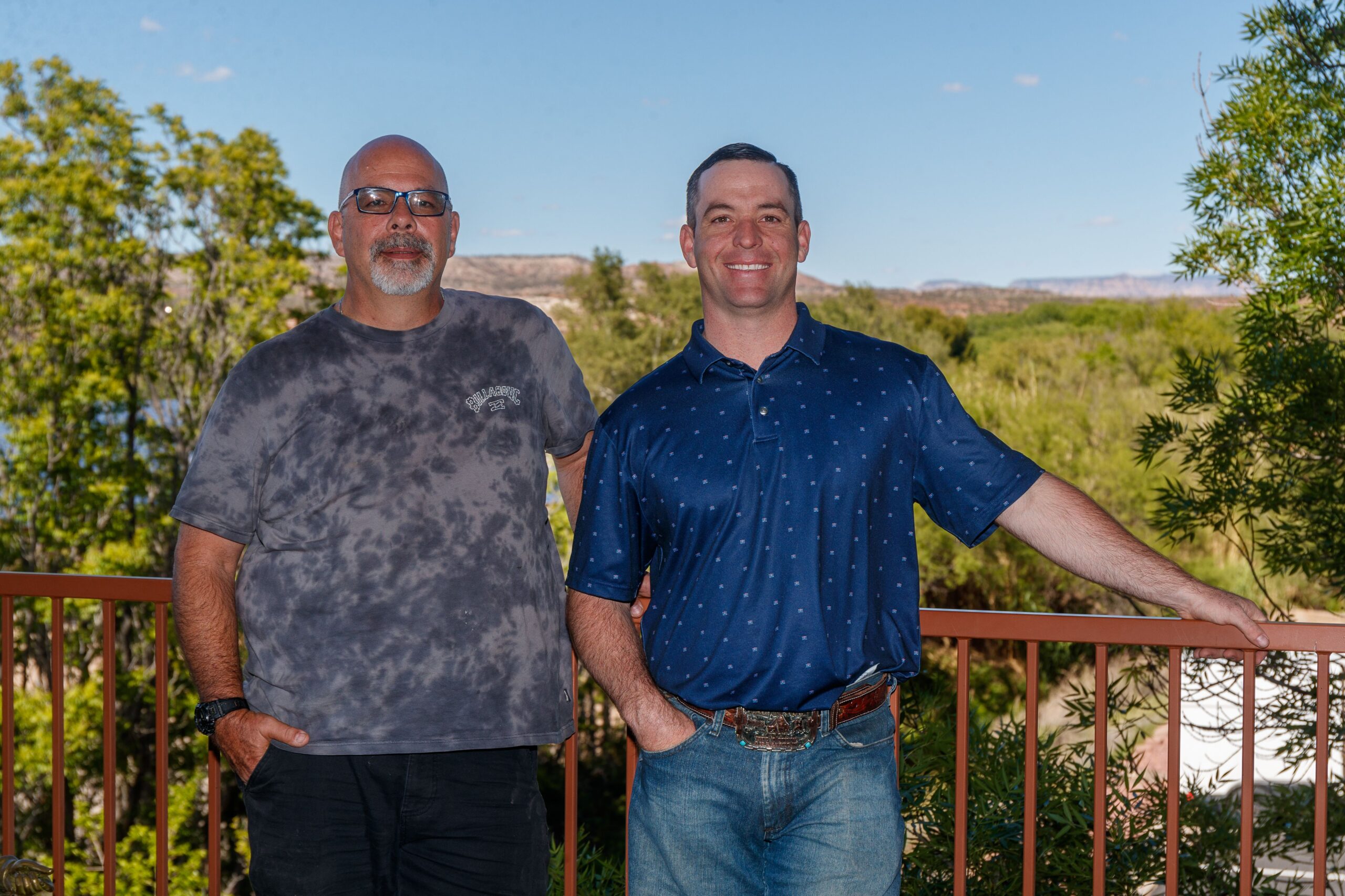At Lowell Observatory in the hills of Flagstaff 85 years ago, 24-year-old astronomer Clyde Tombaugh discovered a dark object moving across the sky beyond the planet Neptune.
Images Tombaugh took with the observatory’s astrograph over several nights confirmed the existence of the object and Flagstaff astronomers announced the discovery of a ninth planet in our solar system.
After a worldwide contest, 11-year-old British schoolgirl Venetia Phair won the honor of officially naming the new world Pluto, after the Roman god of the underworld who could disappear at will, much like the object which had blinked in and out of existence to reveal itself.
Just over two weeks ago, a probe launched from Earth nearly a decade ago passed within a few thousand kilometers of Pluto. Traveling 3 billion miles to pass so close is the mathematical equivalent of throwing a single thread in Los Angeles and passing it through the eye of needle moving through the streets of New York City.
Sedona resident Tony Taylor helped the NASA team navigate the tiny New Horizons probe to the tiny world and was in Maryland when it sent back to Earth the first images, which are about as amazing as they could ever be. Even traveling at the speed of light, it took 4½ hours for the data to arrive back on Earth. In honor of the late Flagstaff astronomer, NASA named the giant “heart” that occupies nearly an entire hemisphere of Pluto the Tombaugh Reggio. Additionally, in a tiny container on the side of New Horizons, are a portion of Tombaugh’s ashes, carrying the astronomer to the object he plucked from the darkness 85 years earlier.
Unfortunately in 2006, just six months after New Horizons left Earth, the International Astronomical Union demoted Pluto from “planet” to “dwarf planet” due in part to the discovery of other such trans-Neptunian objects named for various underworld deities: Makemake, Eris, Chaos, Haumea, Huya, Ixion, Orcus, Quaoar, Salacia, Varda and Varuna and at least 473 other minor worlds in what are known as the Kuiper Belt and the Scattered Disc.
At the same time, Tombaugh’s discovery was “changed” from locating the last planet to instead finding the first object of the Kuiper Belt, which is similar to the Asteroid Belt between Mars and Jupiter but 200 times more populated with perhaps tens of thousands of asteroids, comets and dwarf planets. In the distant future, humans will mine these objects for metals, minerals and precious water prior to departing our solar system toward worlds around stars beyond our own.
New Horizons will continue on to visit one or more of the objects as will other probes, but none of those images will be as profoundly captivating to our species as the photos of Pluto, the last of the nine “classical planets.”
Alone in the dark for billions of years, Pluto has had its first visit from another world.
Decades from now, astronauts who are now just children will dig their fingers into the dirt of Pluto somewhere in the image released last week. Gazing back at Earth they will see a quiet, beautiful, tiny blue and green world containing all our histories, but be unable to see the borders of any our nations.


